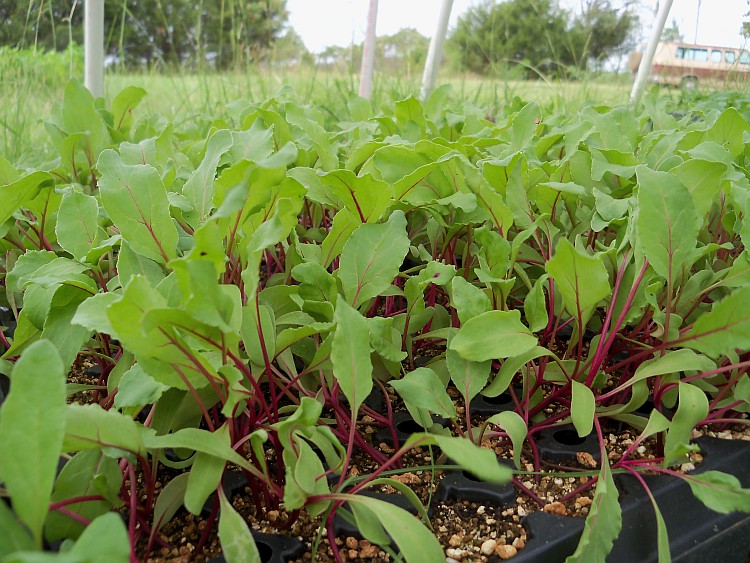Randy was in Nashville most of the week so I was left to my own devices on the farm. What did I do? Binge-watched the entire first season of Downton Abbey on Netflix, that’s what. And I did some farming, too: transplanted out kale, collards, broccoli and cabbage; seeded lettuce mix, arugula and six different kinds of radishes; thinned turnips and rutabagas (!); got the chick brooder set up; started lettuce, scallions and bok choi in the greenhouse; and some other stuff, too. Another busy week full of fall transition. The chicks came Thursday, and the rain promised by Isaac still hasn’t shown up. The first planting of broccoli is off and running and mustard greens (and more!) are just a couple weeks away if the dang armadillos stop rooting them all up!
This week marks the last of the melons! I was expecting these to ripen a little later, next year we’ll know that we can squeeze in another round. It’s been a long melon season. In the frigid north, where I come from, there is no such thing as melon season. It’s more like a melon moment. Northern growers hope the season is long enough, hot enough and dry enough to get melons at all. No three months of melons for them! It has been utter bliss for me. Melons aren’t the best community garden crop since they take up so much real estate and are also so enticing to passers-by – so this year has been a crash course is southern melon growing for me. Nothing beats trial by fire, right?
One challenge with the cantaloupe has been little wormy critters compromising the rind where the melon touches the ground. So last week I thought, ah ha! I’ll just turn these melons over and allow the damp ground spot to dry out. Did it work? Yes and no. It did dry out, no more wormy critters (that is a technical term, in case you were wondering). But the up-turned ground spots shriveled in the sun and starting sinking into the melon. Oops. Now we know. Check that one off the list. Next year we’ll try paper plates and varieties with thick rinds. On the super-sunken melons, we cut off the bad stuff and are giving you half a melon, the moderately soft ones we are counting on you to remove any smooshy parts, the rest are mini-melons.
Eat your watermelon and cantaloupe slowly. July 2013 is a long ways away. If the bloom is already off the rose for you and the melons, cut them up and freeze them to enjoy in a smoothie or frozen cocktail and dream of summer in January. (Of course I am sure Steve Richardson will continue to have delicious melons at the market through early fall, if you haven’t gotten your fill!)
